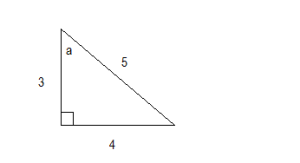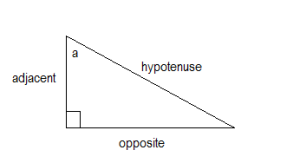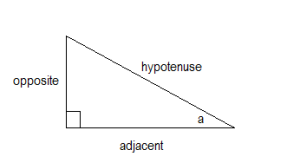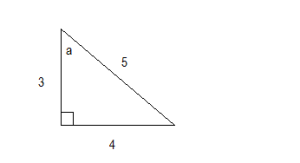Inverse of Sin, Cos & Tan and Their Domains
In this section, we provide a basic overview of the inverse of sin, cos, and tan. We will look at these inverse trig functions and their domains.
Inverse of Sin, Cos & Tan – Quiz
Instructions: Answer the following questions on the inverse of sin, cos and tan. You may wish to study the examples below the quiz first.
[WpProQuiz 38]
Inverse of Sine
The inverse trig function for Sine is Arcsin.
Arcsin is also referred to as Sin–1 x.
The domain for Sin–1 x is from –1 to 1.
Inverse of Cosine
The inverse trig function for Cosine is Arccos.
Arccos is also referred to as Cos–1 x
The domain for Cos–1 x is also from –1 to 1.
Inverse of Tangent
The inverse trig function for Tangent is Arctan.
Arctan is also referred to as Tan–1 x.
The domain for Tan–1 x is all real numbers, negative infinity to positive infinity.
Inverse of Cotangent
The inverse trig function for Cotangent is Arccot.
Arccot is also referred to as Cot–1 x.
The domain for Cot–1 x is also all real numbers.
Inverse of Secant
The inverse trig function for Secant is Arcsec.
Arcsec is also referred to as Sec–1 x.
The domain for Sec–1 x is all real numbers from 1 and higher and from –1 and lower.
Inverse of Cosecant
The inverse trig function for Cosecant is Arccsc.
Arccsc is also referred to as Csc–1x.
The domain for Csc–1x is like that for the inverse Secant function, so it is all real numbers from 1 and higher and from –1 and lower.
Ned to Review Basic Trig Functions?
If you need to review basic functions before completing the exercises on this page, please see our posts entitled Function Notation and Inverse Functions.
Working with Inverse Trig Functions
Be careful with inverse trig functions. Using -1 for the exponent means an inverse function, not raising the function to the -1 power.
The best way to do calculations involving inverse trig functions is to use a good trigonometry calculator.
Trigonometry calculators can be found online at:
Free Trigonometry Calculator for 12 Trig Identities
Free Trigonometry Calculator for Trig Functions
However, in order to use the online inverse trig functions wisely, you should first have a good grasp of how to change a function’s reciprocal.
Example:
For example: Cot–1 (2) = Tan–1 (1/2)
Cot–1, also called Arccot, is the inverse of Tan–1, also called Arctan.
We need to reverse the position of the numerator and denominator in the Cot–1 part of the equation to get the Tan–1 part of the equation.
2 is equal to the fraction 2/1, so we flip this in the inverse function to become 1/2.





